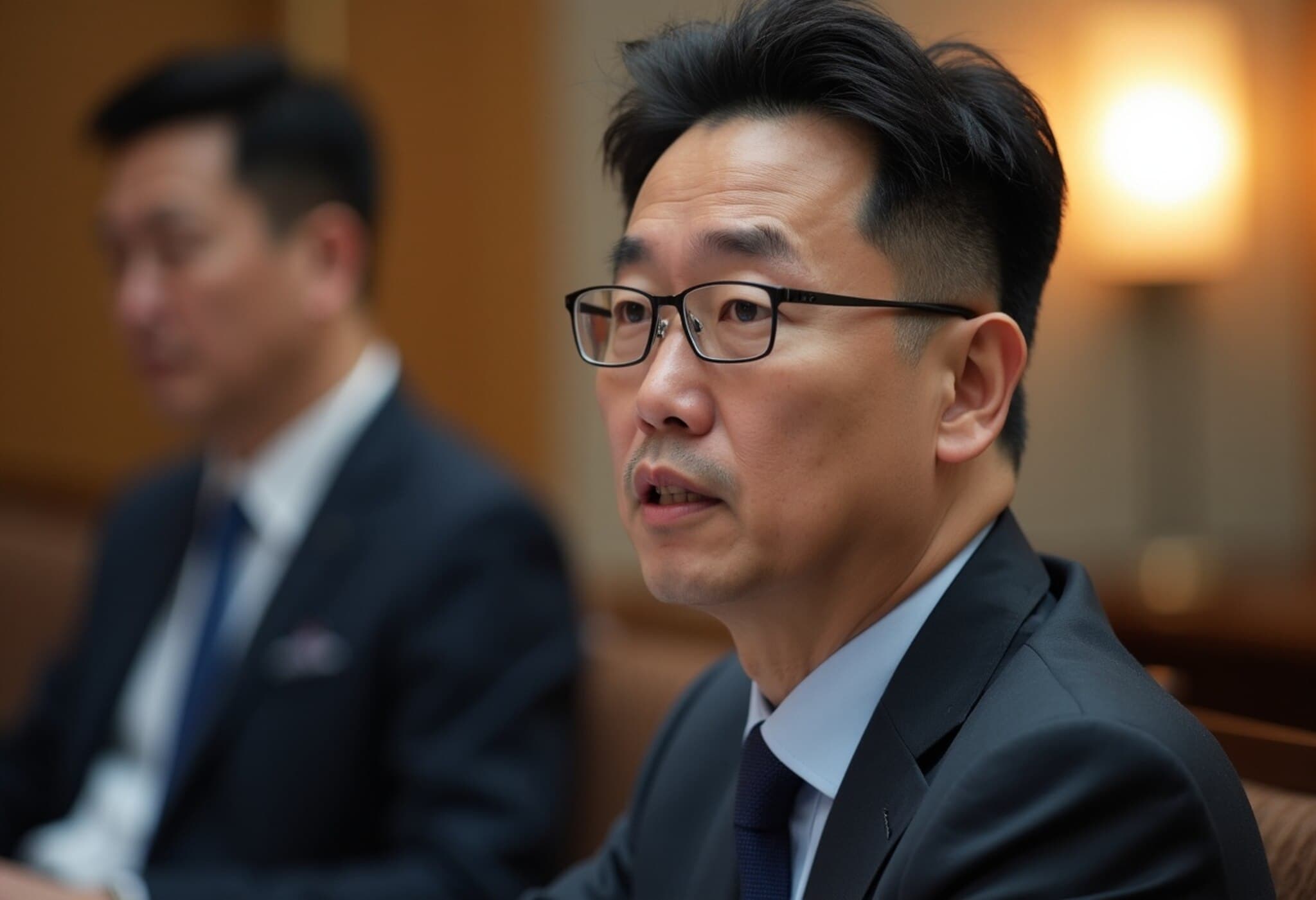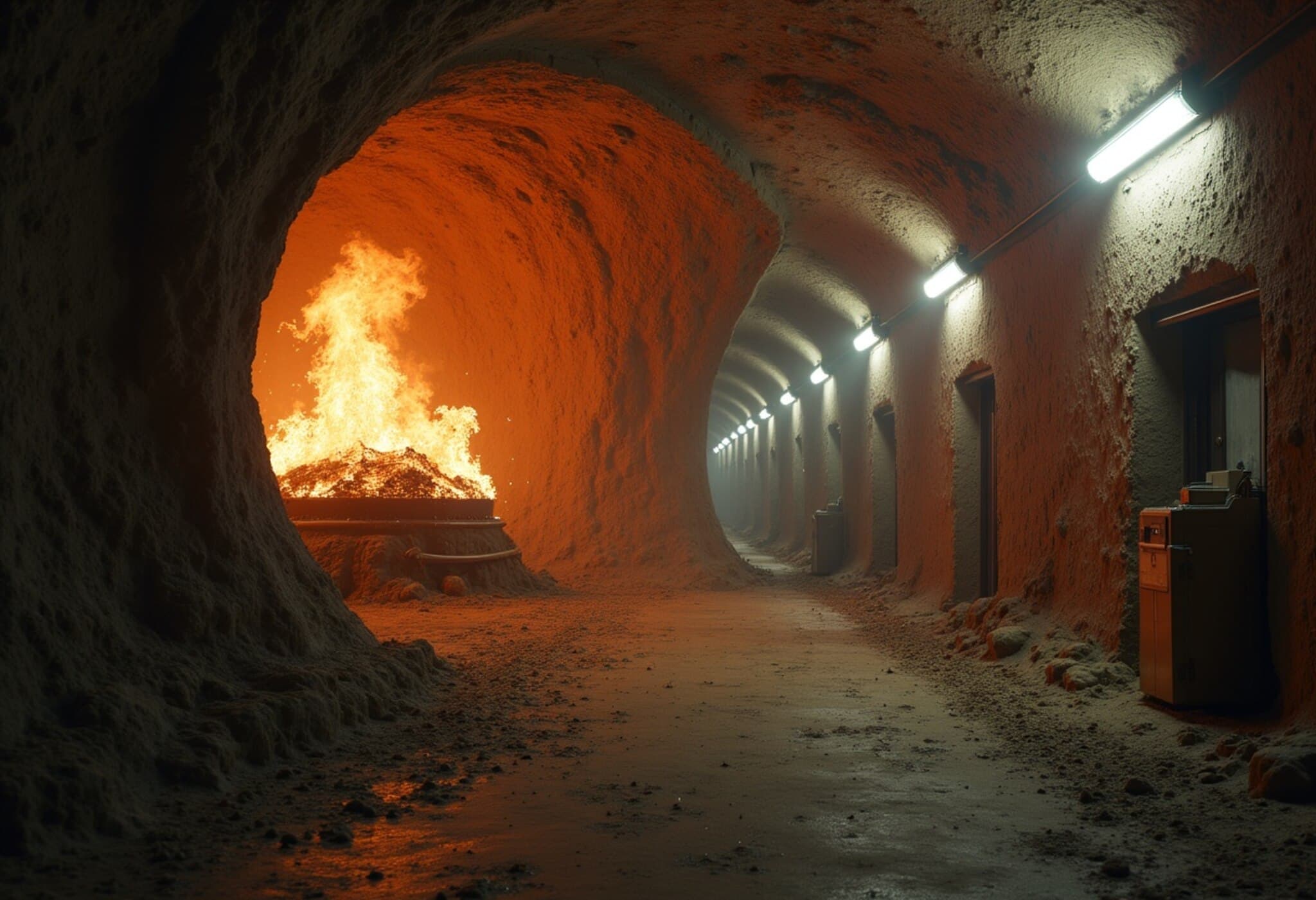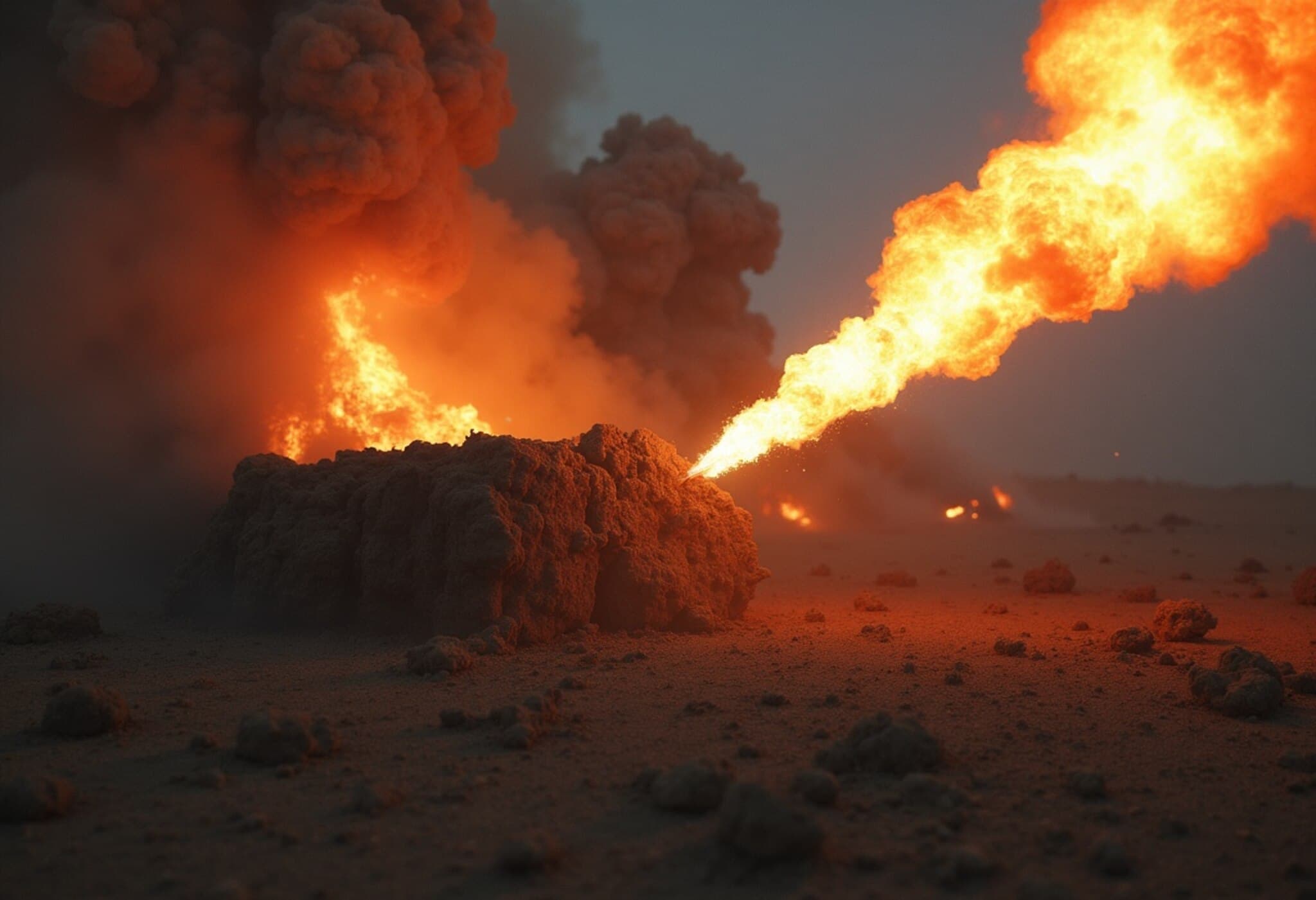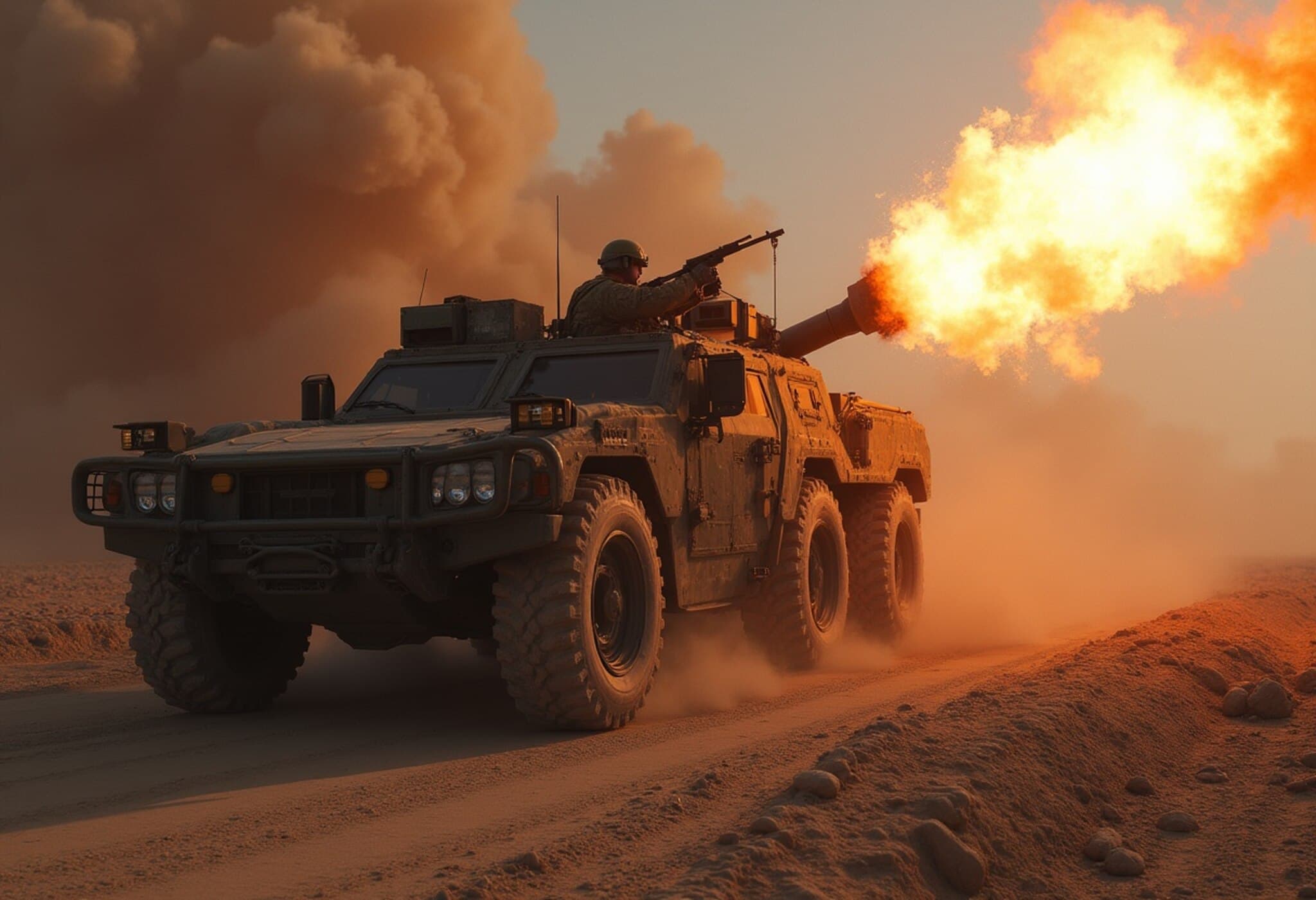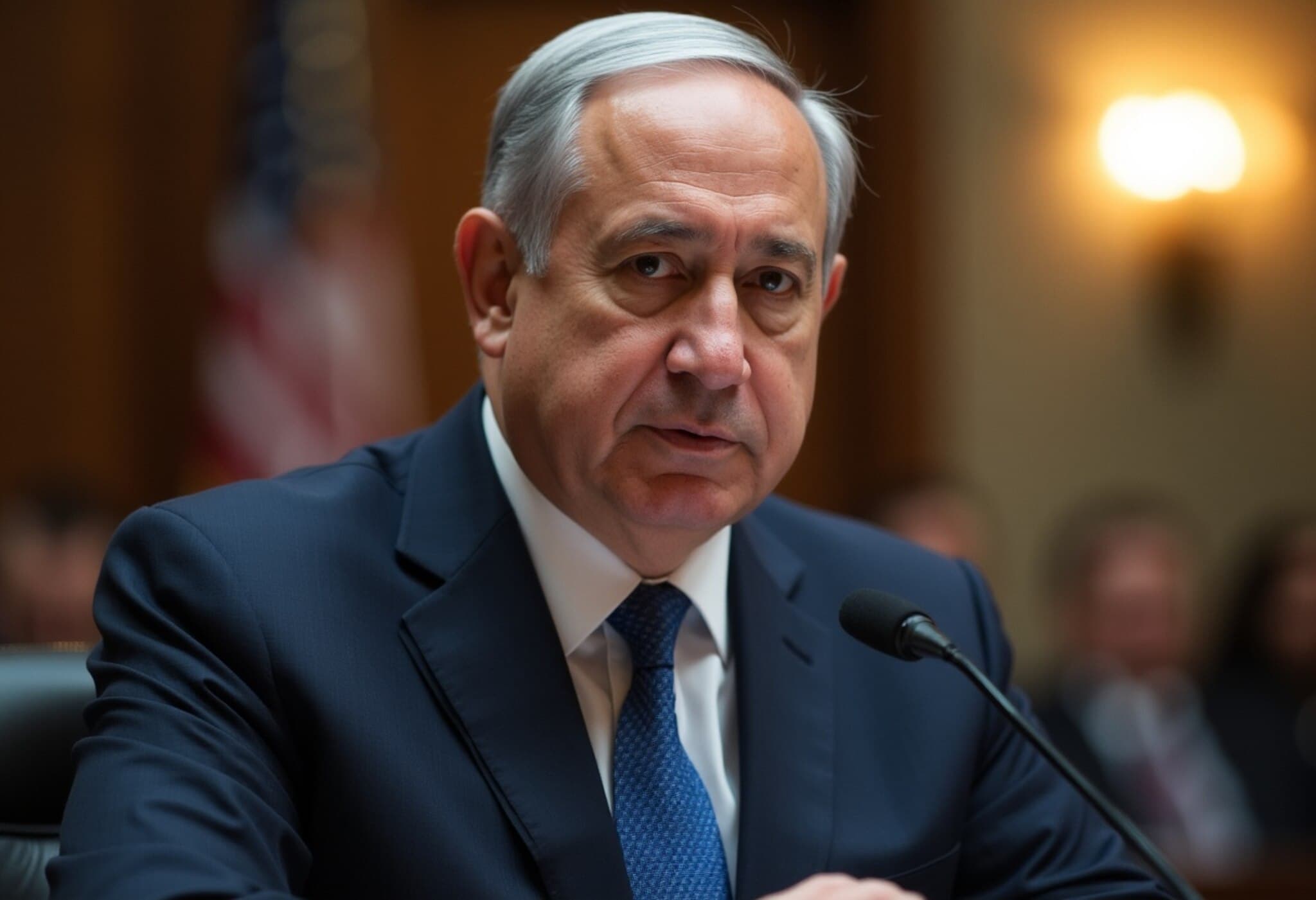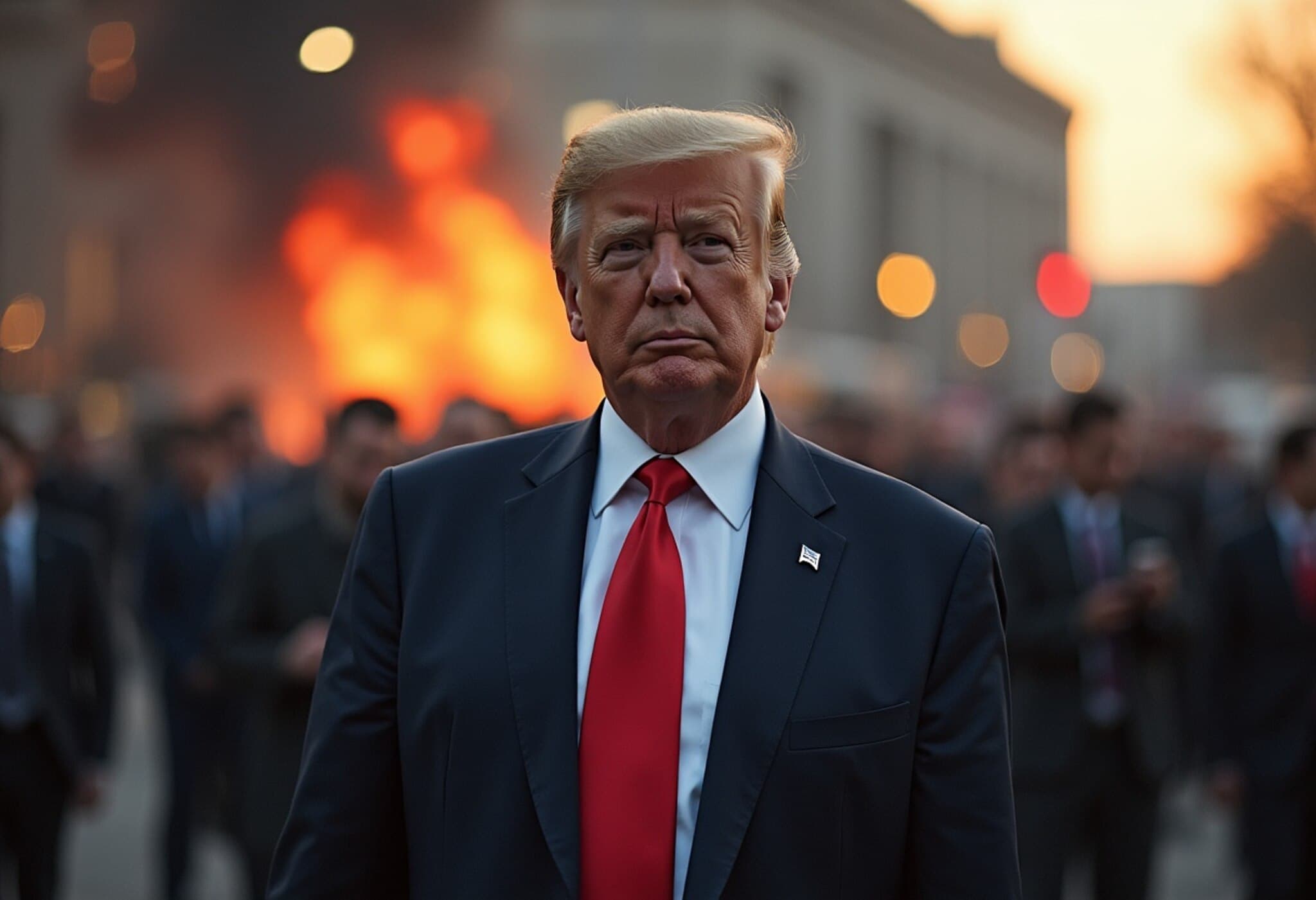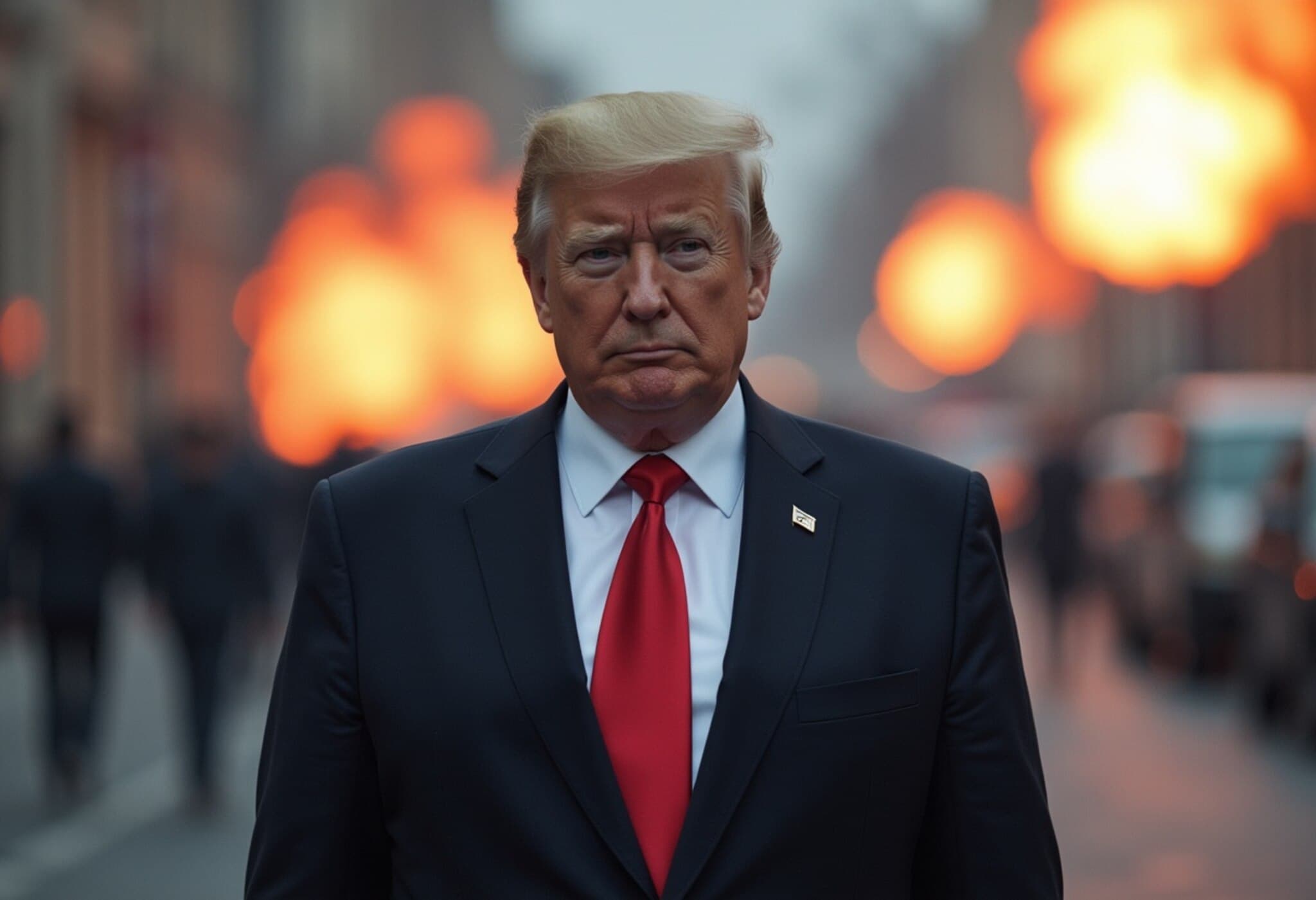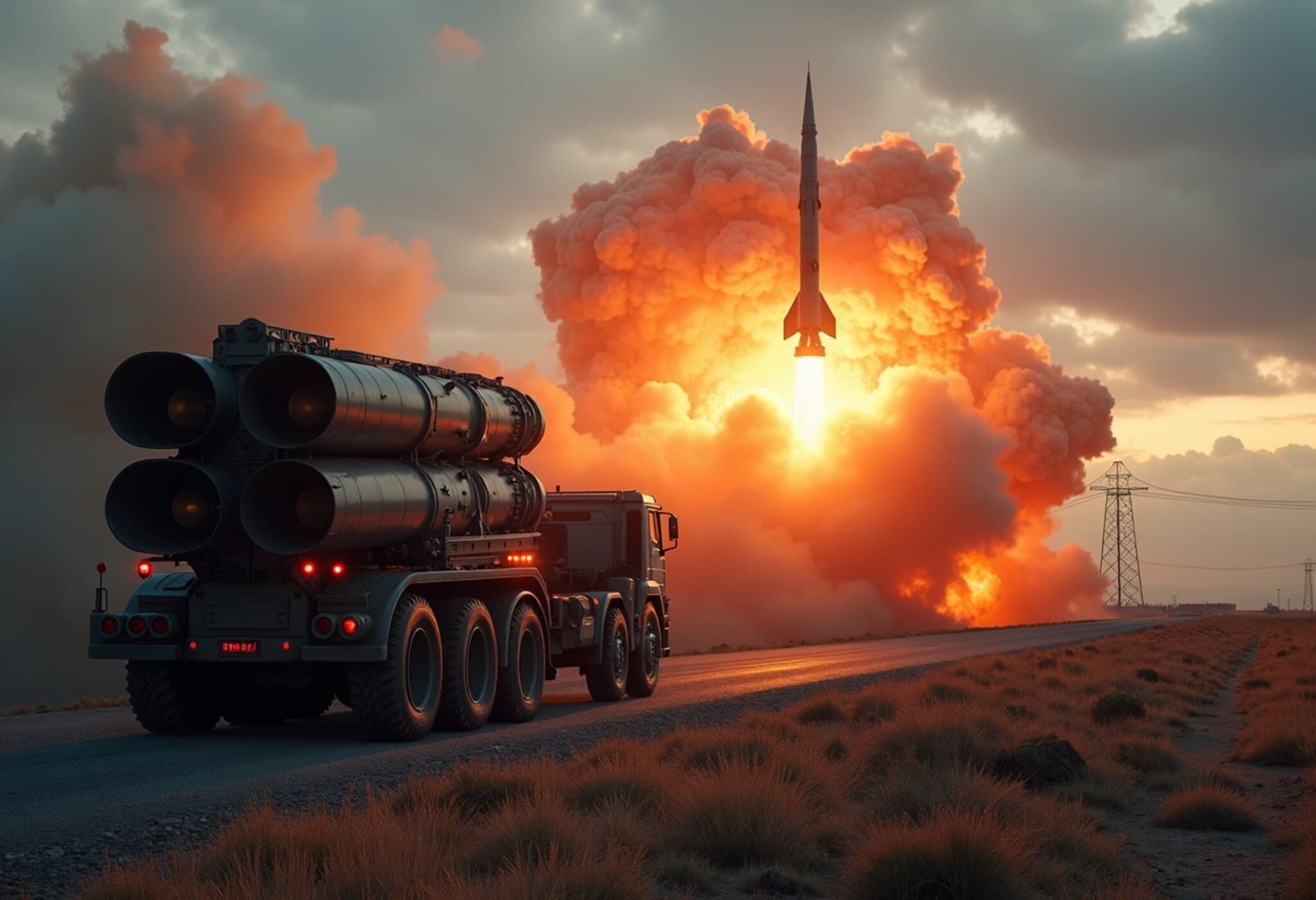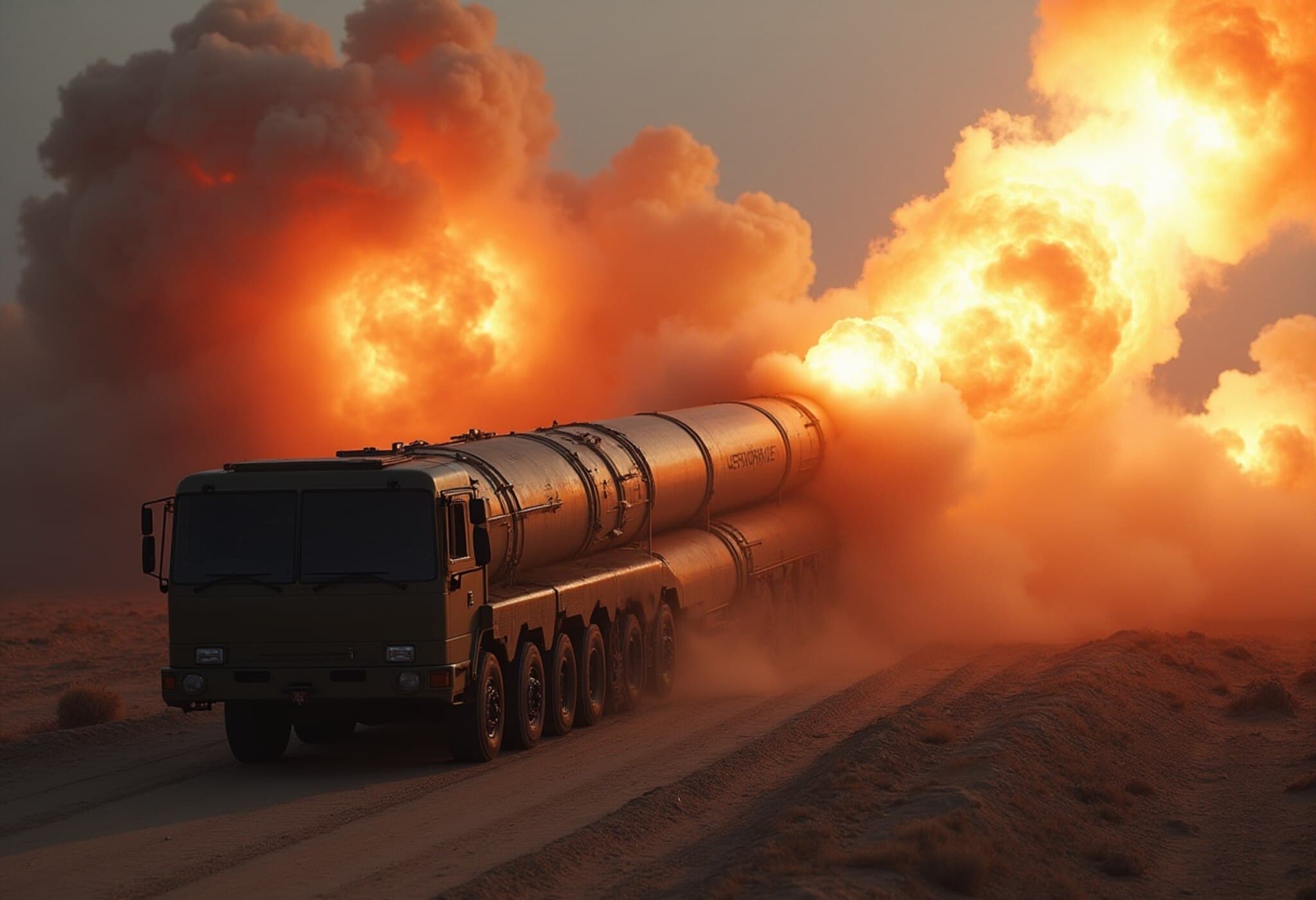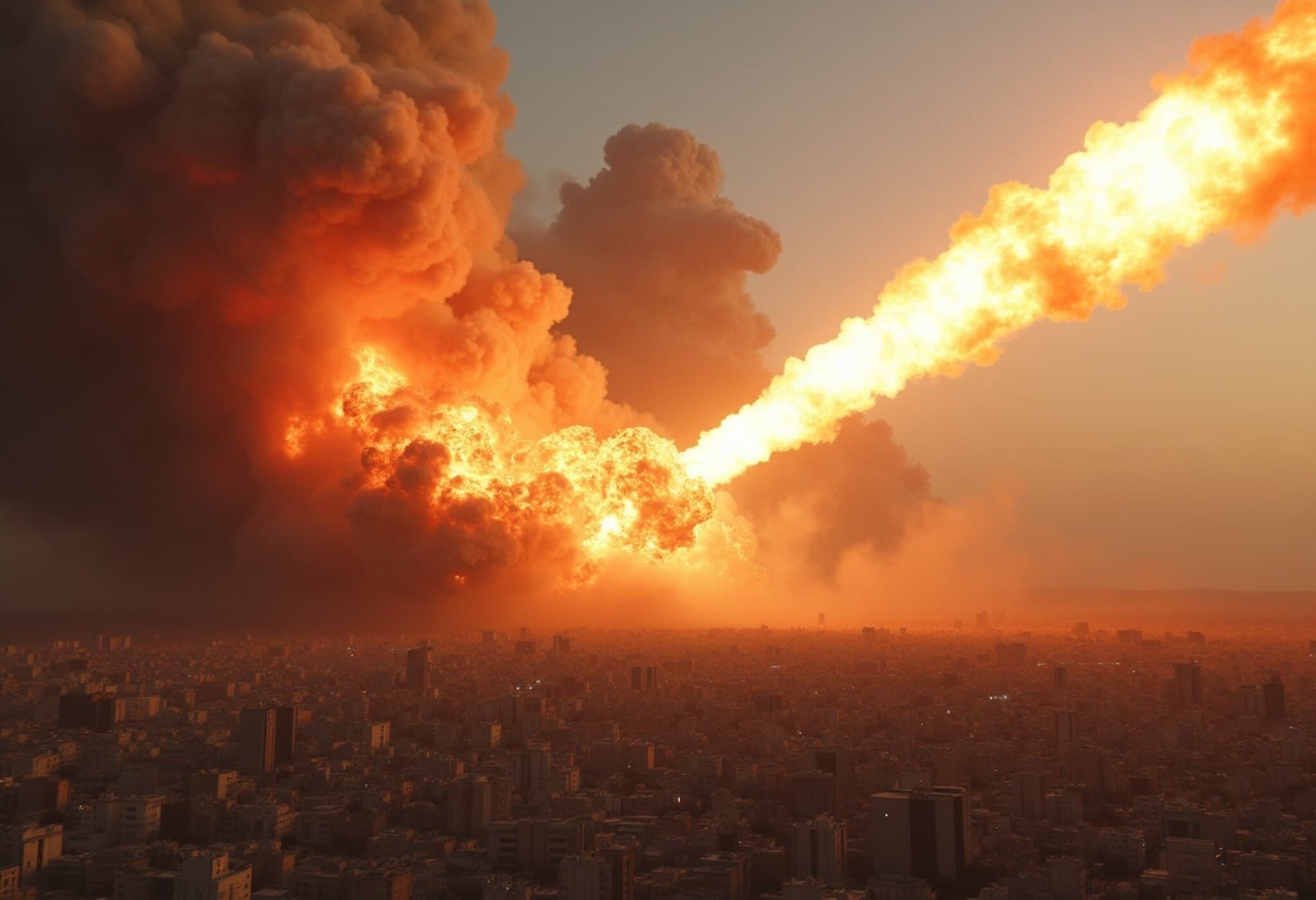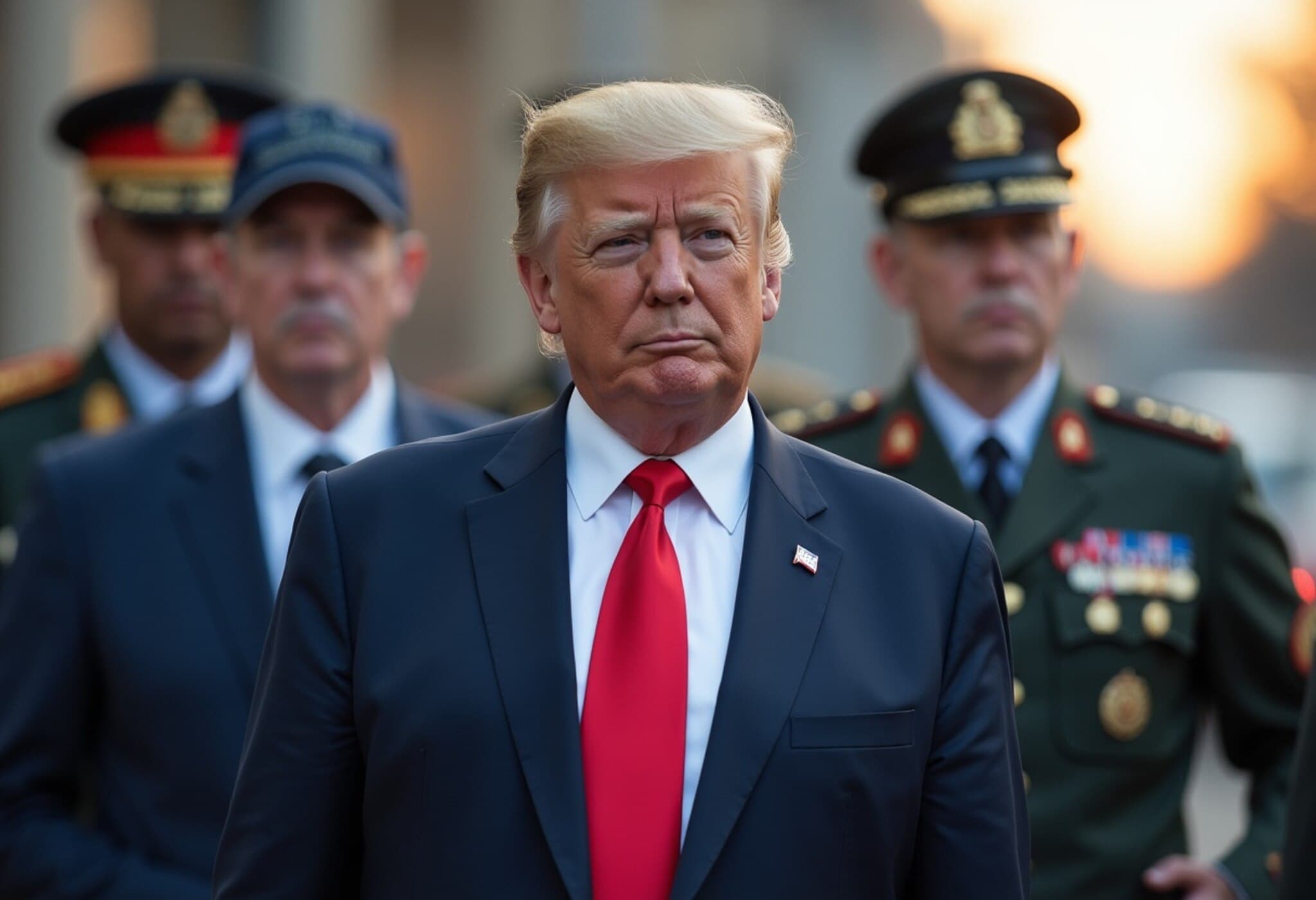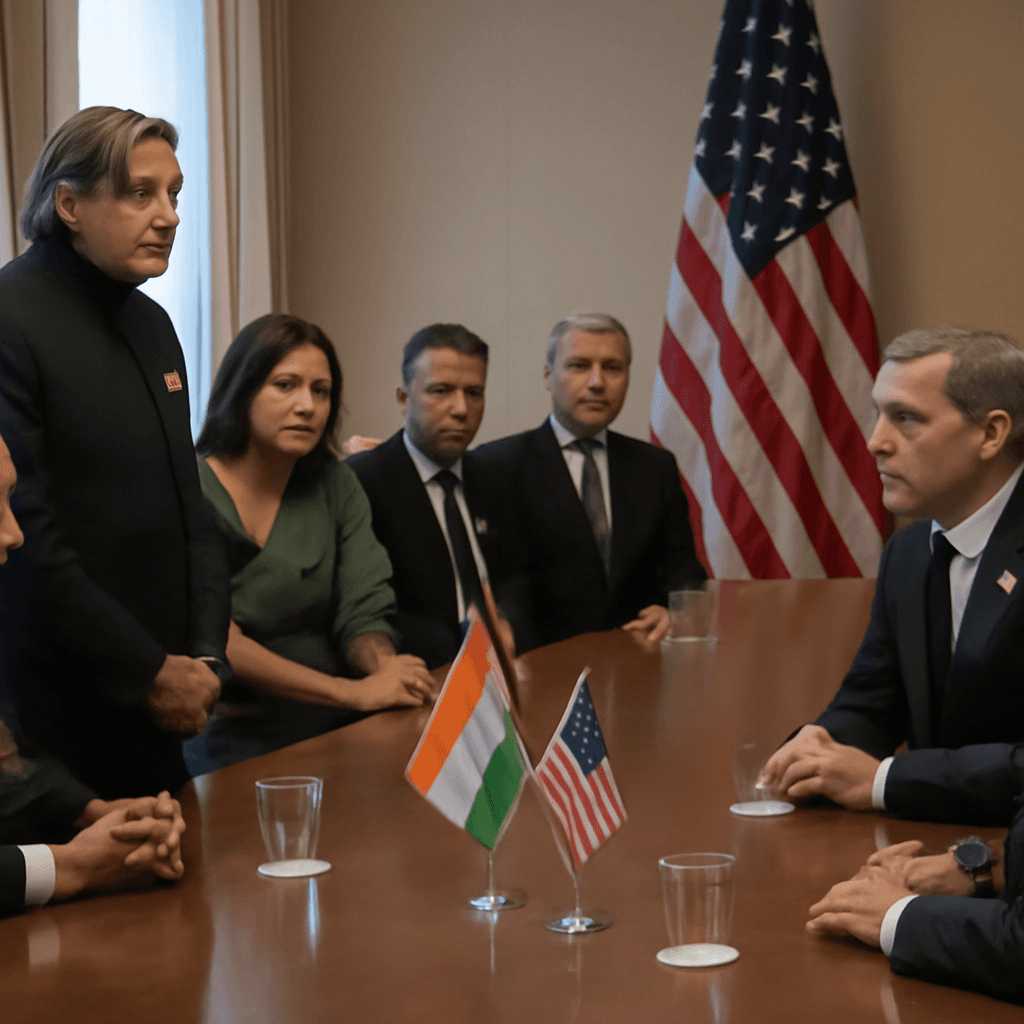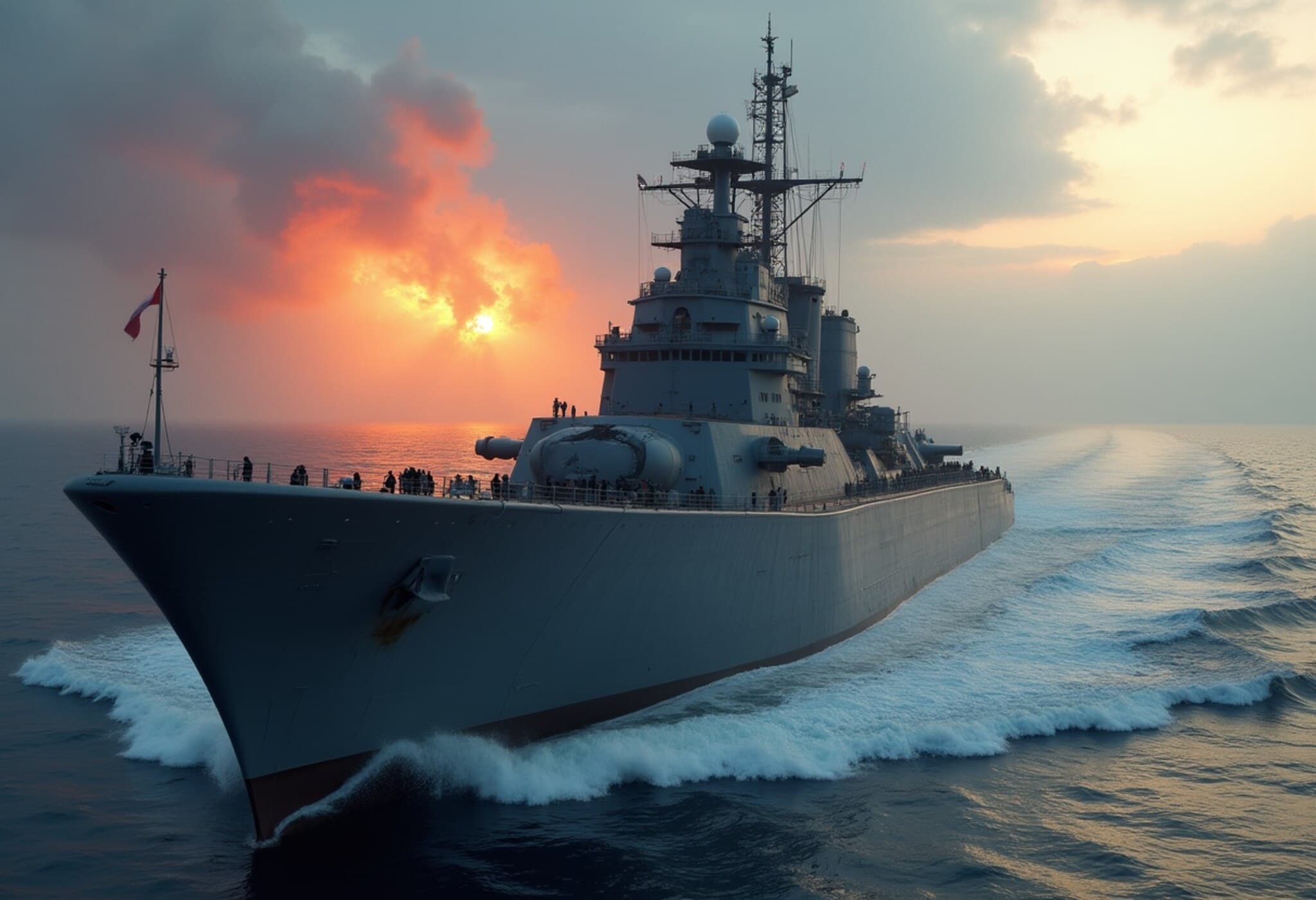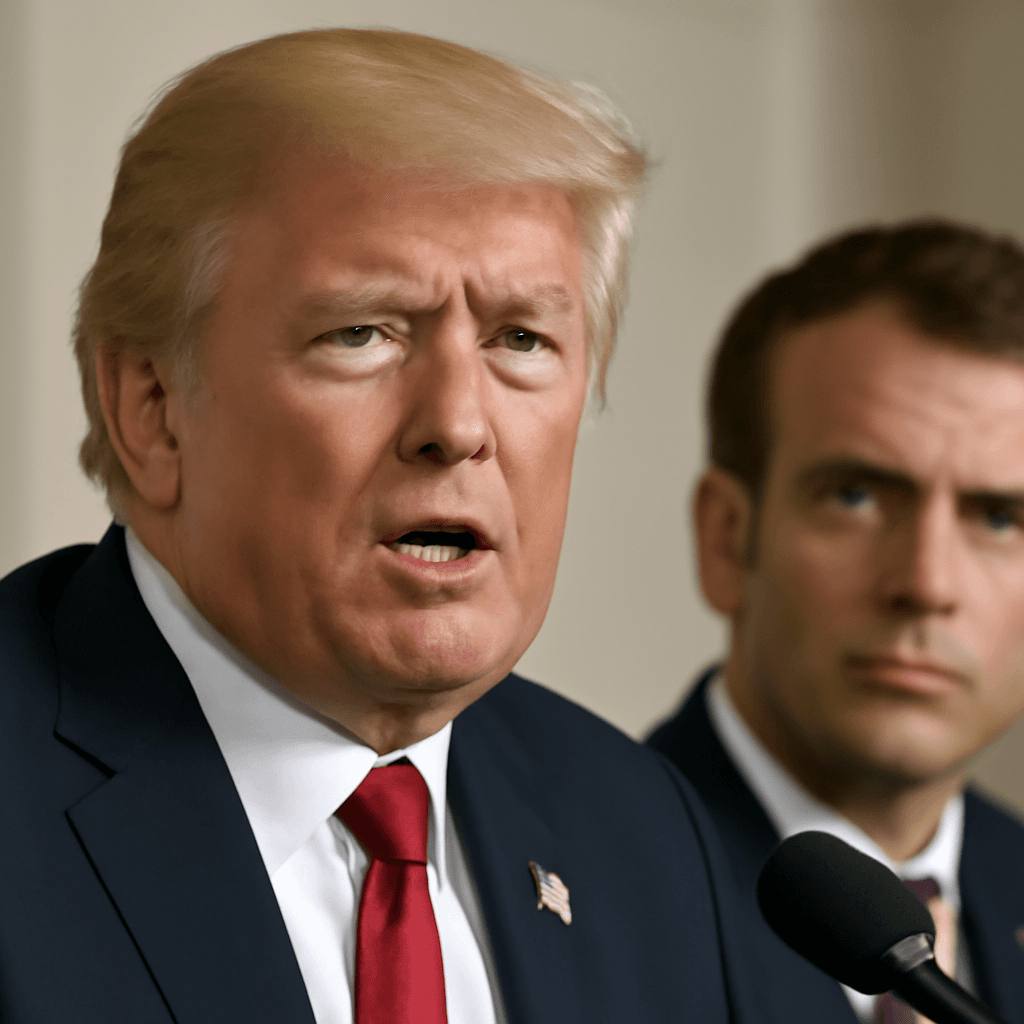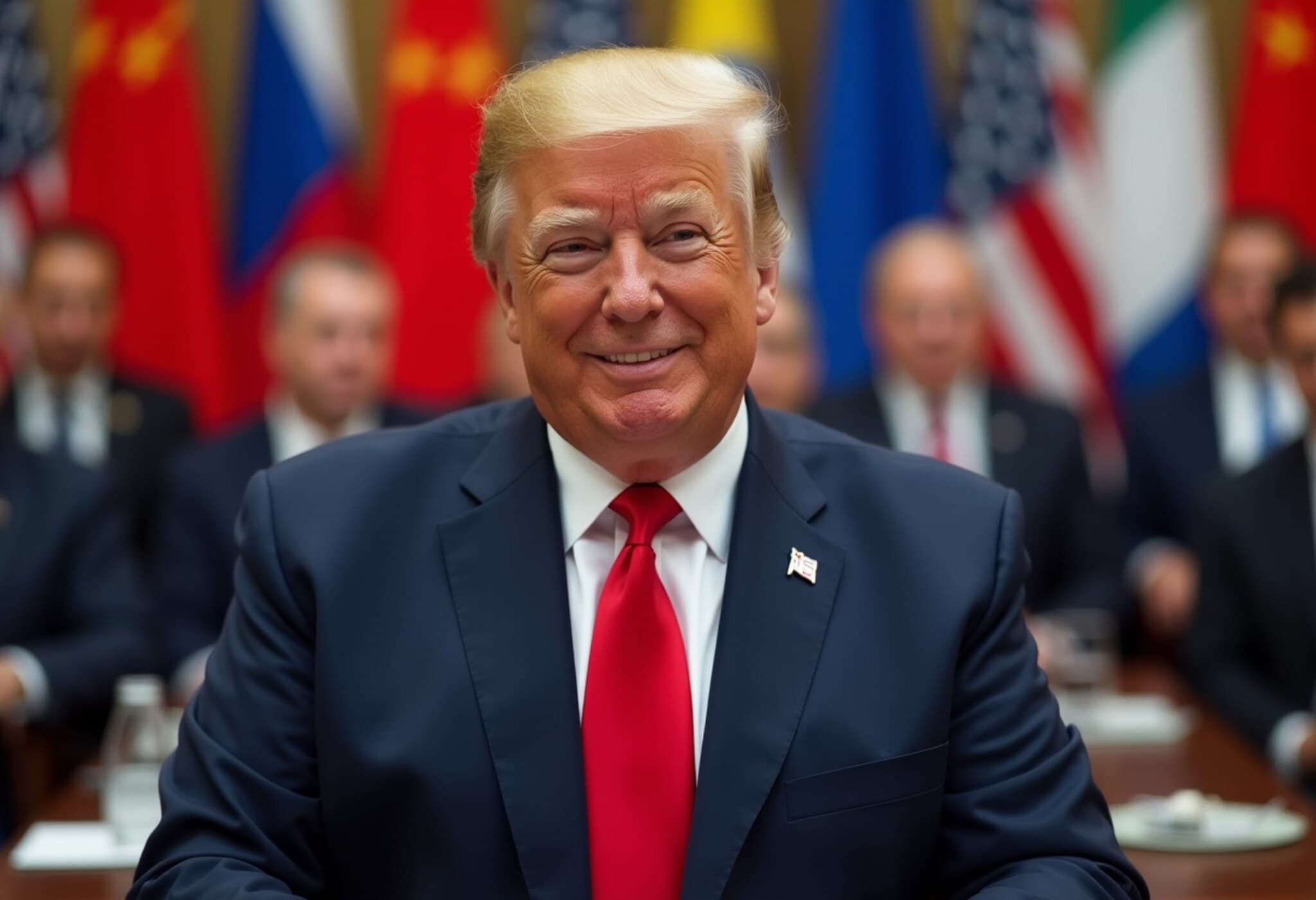Global Nuclear Landscape: Rising Risks in 2025
A renewed nuclear arms race is gaining momentum amid a weakening framework for arms control, according to recent analyses. Despite decades of efforts towards disarmament, nine countries continue to advance their nuclear capabilities, modernizing arsenals and expanding their stockpiles.
The Nine Nuclear Powers and Their Current Arsenals
As of January 2025, the world’s nuclear arsenal comprises approximately 12,241 warheads, with nearly 9,614 warheads held in military stockpiles ready for potential deployment. Among these, about 3,912 warheads are actively deployed on missiles and aircraft, while the rest remain in central storage. Notably, over 2,100 deployed warheads are maintained on high operational alert, predominantly by Russia and the United States, which together account for nearly 90% of all nuclear weapons worldwide.
Breakdown of Nuclear Warheads by Country (2025)
| S. No. | Country | Total Inventory (2024) | Total Inventory (2025) |
|---|---|---|---|
| 1 | United States | 5,328 | 5,177 |
| 2 | Russia | 5,580 | 5,459 |
| 3 | United Kingdom | 225 | 225 |
| 4 | France | 290 | 290 |
| 5 | China | 500 | 600 |
| 6 | India | 172 | 180 |
| 7 | Pakistan | 170 | 170 |
| 8 | North Korea | 50 | 50 |
| 9 | Israel | 90 | 90 |
Modernization and Stockpile Details
The nuclear powers are not only maintaining their stockpile sizes but actively upgrading existing warheads and developing new variants. For example, China’s inventory saw a notable increase from 500 to 600 warheads within a year. India’s arsenal also grew slightly, from 172 to 180 warheads. These figures include both deployed warheads and those held in reserve or pending dismantlement.
Emerging Concerns: Potential Nuclear Proliferation
Beyond these nine countries, experts warn of potential nuclear development programs emerging across East Asia, Europe, and the Middle East. Geopolitical tensions and strategic considerations could encourage additional states to seek nuclear capabilities, further complicating global security dynamics.
A Shift Away from Disarmament
Marking a stark departure from post-Cold War trends, the era of nuclear reductions appears to be reversing. Analysts underline a troubling surge in nuclear rhetoric, increased arsenal sizes, and the erosion of arms control agreements that once helped contain the nuclear threat.
What Lies Ahead?
With the global nuclear stockpile steadily increasing and modernization efforts accelerating, the challenge to manage and mitigate nuclear risks grows more urgent. International dialogue and renewed commitment to robust arms control frameworks will be critical to prevent further escalation and maintain strategic stability.


